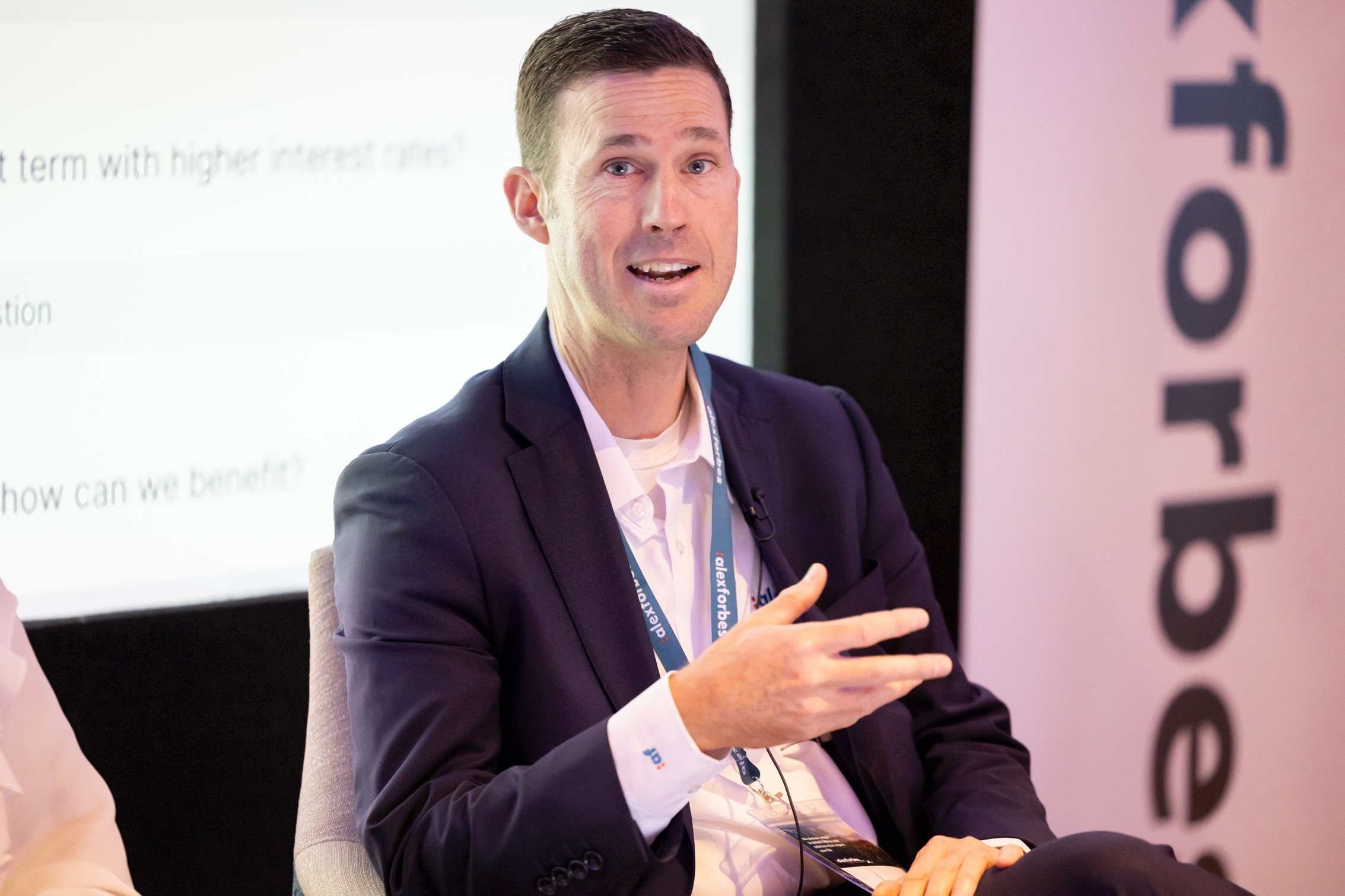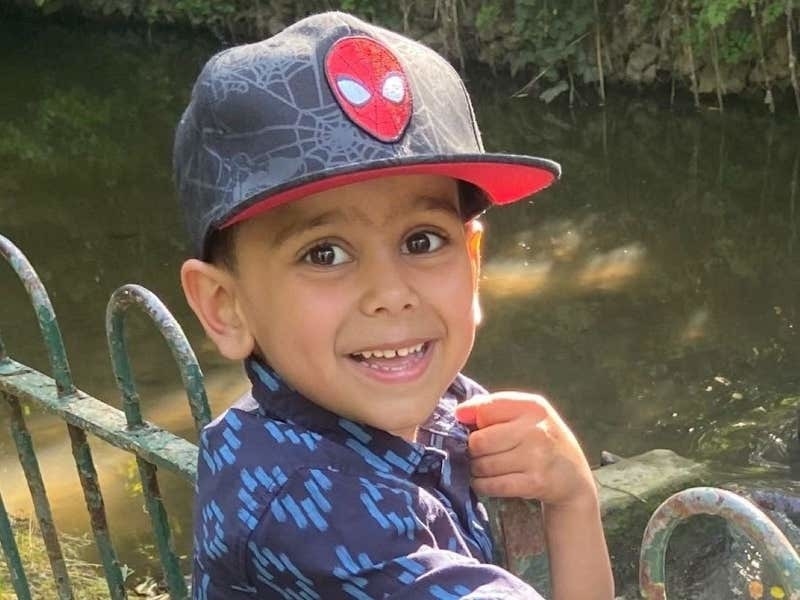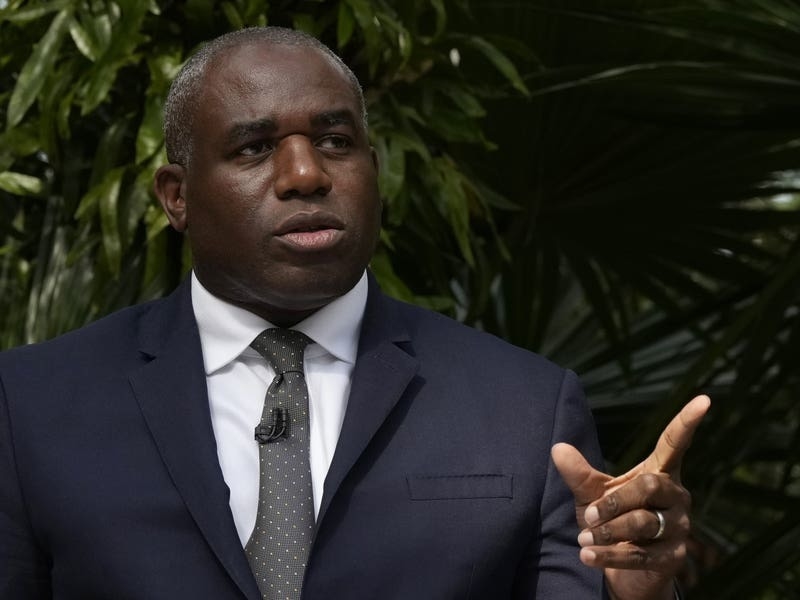Sponsored Content
In the final part of his series, Tim Townsend, head of wealth management and corporate consulting at Alexforbes Offshore, outlines the fifth and sixth steps on the journey to financial wellbeing
Wow, time flies. Halloween crept up and scared us. Yet another year draws to a close. Blink, and it will be Black Friday. My least favourite consumer cultural event of the year.
It’s hard to step off the dance floor of life sometimes, and grab a seat up in the balcony, but I find myself balancing the enthusiasm of grabbing a bargain ahead of Christmas with the questions I ask myself before I spend: is this really something I need or want? Is this part of the plan?
I encourage my boys to ask the same question before they part with their hard-earned (or hardly earned) pocket money.
Now that their pocket money accumulates in their Go Henry app, the way they interact with money has changed. It’s theirs now. It’s on their phones. They can “touch” and “feel” it on their screens at any time.
Observing this behaviour has really helped me to think more deeply about the six steps to financial wellbeing we’ve developed to help people with money.
Steps five (save and invest) and six (have a financial plan) are key.
Developing better money habits from a very early age is possible if we are shown how. Fundamentally it is all about learning how to save.
I think a generation or two have struggled to grapple with saving in the face of consumer pressures, rising costs of living and a glance into a “perfect life” offered by the addictive social media that feed us stories of the Joneses next door.
This is all woven into the next post as we doomscroll.
Author and journalist Johann Hari tells us how this has happened to us in his book Stolen Focus. Social media has not only stolen our time, but it is also robbing us of our wellbeing.
We can’t focus on the key decisions we make around earning, spending, borrowing, saving and investing.
The problem is many of us have not precisely defined what it is that we want. It’s hard to block out all the noise and focus on tackling our goals one at a time.
Right now, my nine-year-old son is focused on saving for a PS5. He is clear on this goal, and he isn’t relying on Santa (or anyone else) for it.
He has mapped his pocket money out since the summer, when the savings plan began, and has been managing the temptation to spend impulsively.
He has worked to bolster and save his pocket money and is on track.
Black Friday is helping, as he has been tracking PS5 prices and now he is ready to strike – his plan is coming together.
This is a powerful experience for a nine-year-old to have. It is shaping his relationship with money and it appears I am learning from him as much as I am trying to teach him.
Watching his confidence around money build is fascinating. He is using money as a tool. Money doesn’t stress him out. He feels secure, confident and in control.
Financial wellbeing for a nine-year-old may admittedly be less complex to achieve but this lived experience is forming a very different relationship with money than many of us enjoy.
Becoming a “nation of savers”, as described in the Money & Pensions Service UK strategy for financial wellbeing research in 2022, requires us to habitually save to improve our financial wellbeing.
Recent research conducted by the University of Bristol pointed to a positive relationship between savings and wellbeing – those with savings, and those who save, are happier and generally less anxious about money.
Those who saved more had “higher mental wellbeing scores, were more satisfied with their life overall, were more optimistic about the future and sleep better at night”.
Yes, topping up your savings helps you sleep better at night. But getting there requires discipline and thought to better prioritise and automate your finances by creating a system that lets you manage your money with a clear purpose, plan and method.
What is it that saving does exactly? Why should savings be so interesting (excuse the pun)?
Well, when we save, the following happens: we remove the need for borrowing; prevent hardship by having an emergency fund buffer to draw on when needed; and build financial resilience through other positive money-management behaviours which help us meet wider financial goals.
This gives us the breathing space to take the time and risk to invest in assets.
Assets add to earnings, which is often a day-to-day money behaviour we limit, so the small step of building savings is the foundation for our financial wellbeing.
As you progress from securing an emergency fund to saving for a short-term goal (that holiday) or a medium-term goal (that property deposit) we can shift to longer term goals (educating the kids or taking a sabbatical).
Ultimately, we all want to get to the stage where the assets we have accumulated are able to produce enough income to make work optional.
Retirement – to get there we must have a plan. We may need a hand from a professional who helps to translate the foreign language of investments and formulate our plan and keep it on track.
It is up to us, however, to stop to think about the lifestyle we want. We must pause to glimpse into the future and put a plan in place today to get there.
The final steps are the most powerful and require the bulk of our time and attention, but, as I said at the very outset, time… it flies.
Blink and we are our future selves. Will you love the plan that has come together? Will you be happy?
If planning and investing is something you need a bit of help with, why not start with our Money Storytypes quiz by scanning the QR code below or visiting moneystorytypes.com/alexforbes to find out more about your relationship with money. Then reach out to our team by emailing advice@alexforbes.je.






